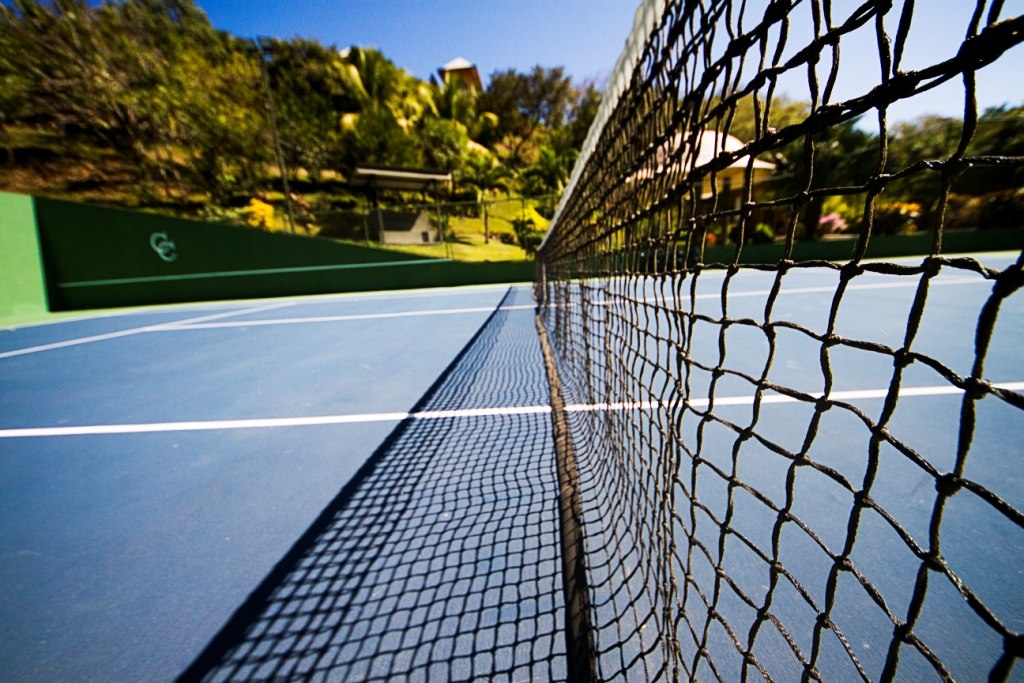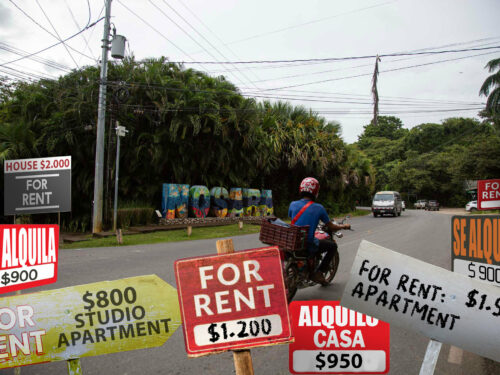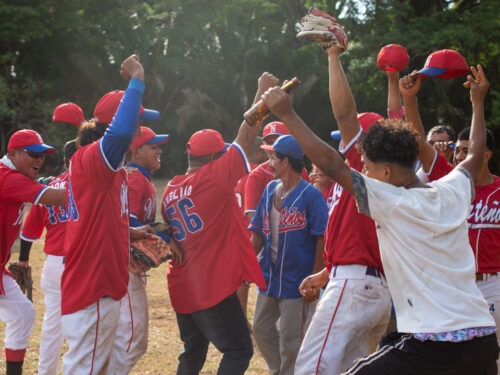
For a couple of years now, the sport of tennis has been making inroads in the Nosara community, and now a couple of developers are stepping it up a notch, although not everyone is happy to see courts being built in the heart of Guiones.
In Esperanza, in Villas Esperanza, known as the 506, Sam Carver is developing a tennis community with 12 homes planned. He believes that successful developments provided added value to clients and sees tennis as just that—added value for those considering Nosara as a vacation destination or as a place to make home. “Our client base has widened exponentially,” he noted, as families, retirees and many others beyond surfers and yoga practitioners are drawn to Nosara.
Another person looking to add tennis to the activities offered in Nosara is Dan Maizer, a professional tennis player who came to Nosara almost three years ago and began offering private lessons. “Nosara is going to be a hot place for tennis,” Maizer predicted. “Our hope is to bring a new breed of people (to the community).”
To Maizer, 46, who has been teaching tennis since he was 19, the essence of Nosara as a tourist destination— the environmentalist vision— is not going to be lost. “I’m selling Nosara, not tennis. They (tourists) have tennis in the Hamptons, in California, all over the world. They are going to come to experience Nosara with tennis involved,” said Maizer.
Maizer investigated the best options for a tennis court in the area and found that the use of red clay from Cartago was his best option. The courts were designed by a local builder, Aaron Willis, who made his own clay court eight years ago that is still in “excellent condition” today, Maizer said.
According to Maizer, clay is the best material for tennis because the impact on the body, especially the joints, is much lower when playing on clay than on cement. In addition, the clay holds up better under the effects of the intense climate of the area. But maintaining this type of court requires a lot of water and, according to a study by AyA, the Playas de Nosara ASADA doesn’t have water to spare.
Developer Thierry Von der Weid, who is providing general advice for the construction and lives across from the future tennis courts, connected it to a well of non-potable water on his land. “The water has too much sulfur. It is non-potable water,” explained Maizer.
The water for cooking at the breakfast bar the lounge is potable comes from the local ASADA. Playa Guiones is within the Ostional Wildlife Refuge and the lighting on the beach must be zero to not affect the arrival of sea turtles to lay their eggs. Although the courts are 500 meters from the beach, Maizer said he is “decreasing the light intensity, using less [light] hoods; besides they are in position where thee light doesn’t spill out. It is very focused.”
In addition, he has committed to not use the courts for more than two hours at night. Regarding what to expect from this new place, they will be offering tennis classes and retreats. The club will be called Colibri (hummingbird) Tennis Club because it is “small but incredible,” said Maizer.
As soon as the courts are ready, which presumably will be in late February, several promotional packages will be offered in conjunction with local accommodations like Tierra Magnifica Boutique Hotel, Harmony Hotel, Living Hotel, Nosara Suites or Villas Tortuga. Packages will vary with weekly prices of $3500 to $1800 or less.
But not everything will be exclusively tennis; on Friday nights from 6 to 9 p.m., Colibri will take down the tennis nets to offer ping-pong, paddle ball and badminton.







Comments